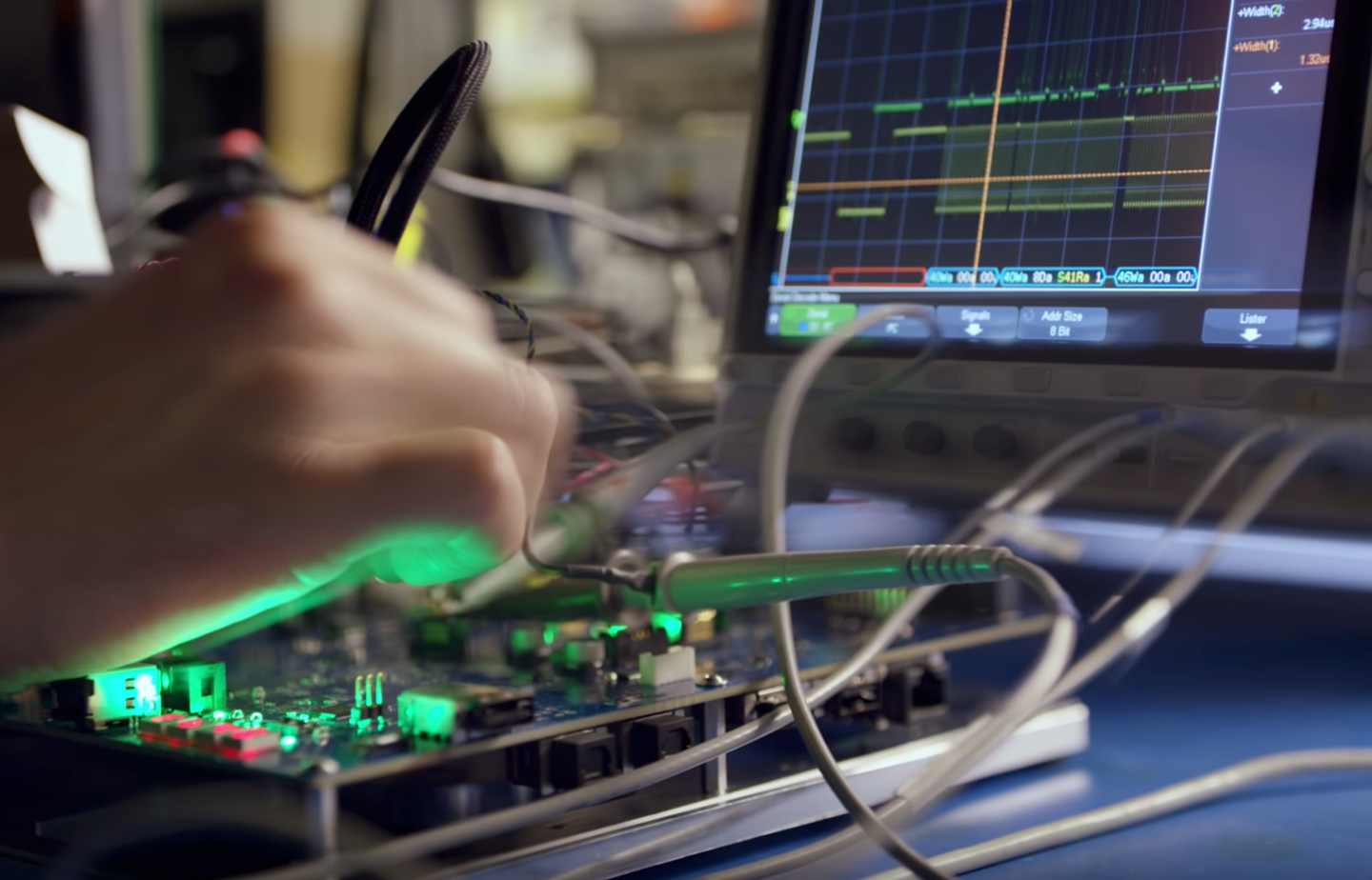Here’s what we know about the next Playstation and Xbox video game consoles
2020 is going to be an exciting year for video games.

We may earn revenue from the products available on this page and participate in affiliate programs. Learn more ›
The E3 video game conference started this past weekend and continues to roll along with a stream of new trailers, announcements, and even some hardware. And while there are no new consoles to talk about at this year’s event, it’s looking like next year’s show will be a blockbuster one for new hardware.
Here in 2019, we received a considerable information dump about both machines, which should arrive in 2020. Just in case you haven’t been following along with the developments, here’s what we know so far.
The new Xbox
Microsoft is currently working on an update to the Xbox One that it internally calls Project Scarlett. It’s scheduled to hit store shelves during the holiday shopping season in 2020.
The company partnered with AMD to create a custom processor for the upcoming machine that will reportedly quadruple the power of the current Xbox One X, which is the beefiest option in the lineup at the moment. It will use all that power to push some truly impressive stats (at least compared to current-gen consoles).
According to Microsoft, the next Xbox will support 8K resolution, which is ahead of where the TV market is at the moment. Right now, there are only a few options when it comes to actually purchasing an 8K resolution TV (as compared to the current crop of 4K monitors with roughly 25 percent the resolution of 8K). We fully expect to see a ton of new 8K displays at the Consumer Electronics Show in January of 2020, but even then the adoption rate will be low because they will be expensive.
While you may not be able to take full advantage of that 8K resolution right away, the current Xbox One debuted all the way back in 2013, and the Xbox 360 that came before it showed up all the way back in 2005. So, Microsoft clearly expects the next console to have a similarly long shelf life.
In addition to the resolution, Microsoft says the new Xbox will support up to 120 frames per second during gameplay to make action look smooth on-screen.
The Xbox team also claims that it’s using a new kind of solid state drive to replace the typical hard drive, and that it will make the whole system move a lot faster. Microsoft says the performance boost could be in the neighborhood of 40 times.
The next Playstation
We learned a ton about Sony’s upcoming Playstation update back in April. Sony’s next console doesn’t have a public project name like Scarlett, but we do know some of the technical bits.
Like the Xbox, the new Playstation will use an AMD processor, with eight cores inside. The new Playstation will also rely heavily on a powerful solid-state drive that will move data much faster during gameplay. So, not only will you be able to get into games faster, but you’ll be able to move around more quickly in the game without worrying that the environment won’t render fast enough.
You can also expect 8K support from the new Playstation, which makes even more sense for Sony, a company that will likely try to sell consumers 8K TVs next year before there’s really anything to play on them.
The next console will also play Playstation 4 games via backward compatibility, which has been something of a sore spot for most consoles through history.
Ray-tracing
By now, you’ve deduced that the new Xbox and Playstation machines are going to have fairly similar capabilities, so it seems unlikely that one box will drastically overpower the other in a direct comparison. However, the arrival of ray-tracing will make a huge difference when comparing the new consoles to the current generation.
Until last year, ray-tracing was mostly relevant to movie special-effects houses. The technology mimics rays of light as they move through virtual spaces in a way that’s different from the typical polygons we’re used to in video game graphics. Ray-tracing can provide a lot more detail when it comes to things like looking at reflections in shiny surfaces or accurately representing in-game occurrences that are happening far away.
Polygon has an excellent explainer about how it works if you want a clearer picture of the tech that’s going on. The real-world translation, however, is that video games are about to get a lot more photorealistic.
Nvidia recently showed off its ray-tracing capabilities in a revamped version of the classic first-person shooter game, Quake for PCs.
Quake is more than two decades old, so even the retooled graphics aren’t mind-blowing compared to current games, but you can really see the variations when you look for them. This screenshot below, for instance, shows how the water appears differently between the two versions.

For now, we don’t expect a ton of new information about either console until next year.
